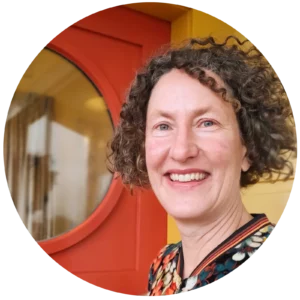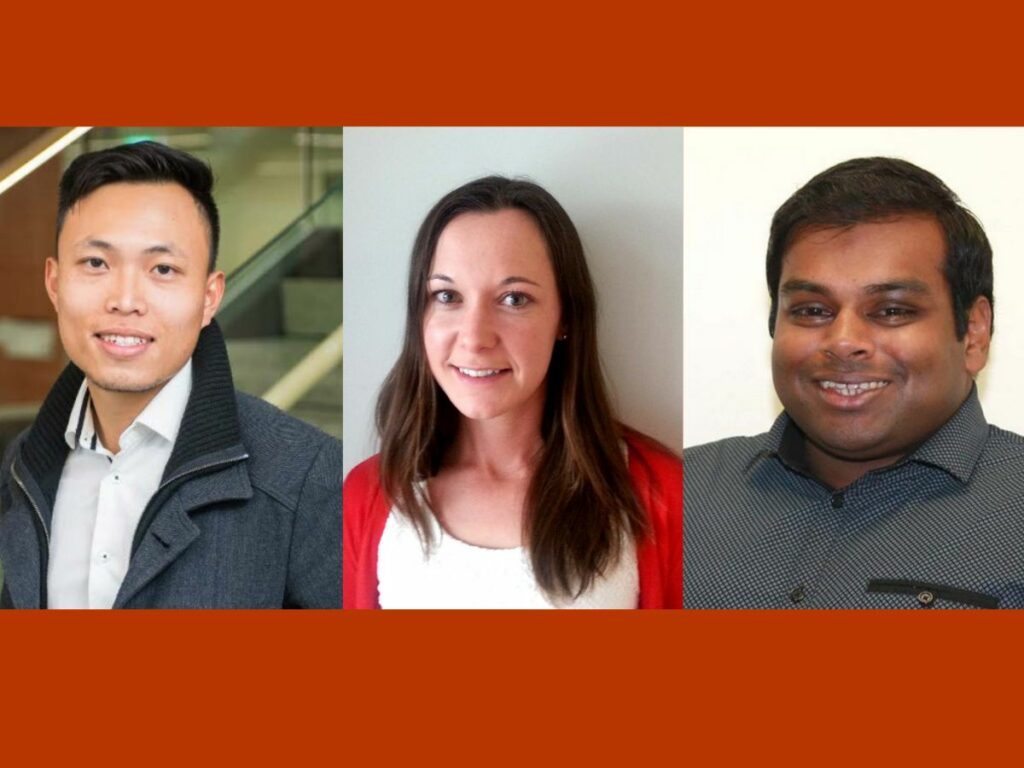As a Centre of Research Excellence, Te Hiranga Rū QuakeCoRE contributes to Aotearoa New Zealand’s development in various ways, not least by providing pathways for QuakeCoRE scholars to find employment in industry.
Cuong Nhu Nguyen, motivated by the typhoon disasters he witnessed in Vietnam, and with a Master’s degree in economics from the University of London, came to New Zealand in 2016 to study the economics of disaster recovery and earthquake insurance. He did an EQC-funded PhD supervised by Ilan Noy, Chair in the Economics of Disasters and Climate Change at Victoria University of Wellington. For Cuong, QuakeCoRE provided an insight into the wide range of earthquake-related topics being addressed in New Zealand and the annual conferences were a chance to meet a lot of key players.
The skills he gained during his PhD – like tackling the big dataset of Canterbury earthquake insurance claims – have enabled him to contribute to solving pressing problems as he’s moved into government jobs. At the Ministry of Business Innovation and Employment he produced forecasts (and even nowcasts) of the economic impacts of Covid-19 lockdowns. Cuong is now at the Reserve Bank where he is running stress tests on risks as diverse as climate change, cyber-attacks and rising house prices.
After a PhD and postdoctoral research at the University of Canterbury, Sarah Barrett has been pleased to discover that the learning, researching and problem-solving of academia can continue into industry jobs. Sarah is enjoying working at BECA where she is able to apply her liquefaction research in ways that directly impact people’s lives. She also appreciates opportunities to branch out into other fields such as slope stability and debris flow modelling and helping councils with natural hazard assessments.
Ananth Balachandra went straight into consulting as a Geotechnical Engineer after gaining a Civil Engineering degree in 2011. In this role, he enjoys working on, and bringing to life, roading, building and other infrastructure projects. It was a QuakeCoRE Masters project that encouraged Ananth to make some time for research in addition to working full time at Tonkin and Taylor. His thesis topic was to validate numerical simulations of buildings interacting with liquefiable soils against centrifuge experiment results. The QuakeCoRE postgraduate experience enabled him to pursue his interest in geotechnical earthquake engineering and delve deeper into a topic than is possible under the commercial imperatives of the workplace. Ananth is now involved in providing industry guidance as the New Zealand Geotechnical Society’s representative for updating the Earthquake Geotechnical Engineering Modules.
As these experiences illustrate, the greater the ebb and flow of knowledge between academia and industry, the greater the benefits to New Zealand.

